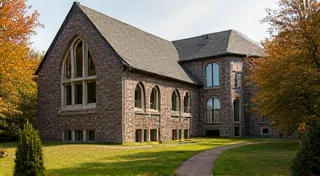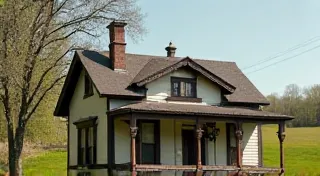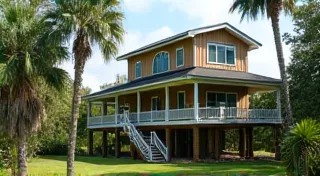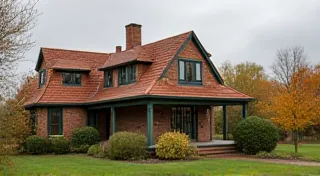Victorian Italianate Architecture: Ornate Details and Grand Proportions
The Victorian era (roughly 1837-1901) saw an explosion of architectural styles, reflecting the era’s industrial growth, imperial ambition, and a fascination with historical influences. Among these styles, the Italianate stands out as a particularly distinctive and opulent expression. This article explores the characteristics of Victorian Italianate architecture, detailing its key features and examining its impact on both residential and commercial buildings.
Origins and Influences
The Italianate style, as its name suggests, drew inspiration from 16th-century Italian Renaissance villas and palazzi. Italianate architecture emerged in Italy as a reaction against the Baroque style, seeking a return to more classical forms. When it crossed the Atlantic, it was adapted and reinterpreted by American and British architects, resulting in the distinctly Victorian flavor we recognize today.
The rise of Italianate coincided with a period of increased travel to Europe and a romanticized view of Italian culture and history. Architects sought to evoke a sense of grandeur and sophistication, incorporating elements that reflected these perceptions.
Key Characteristics of Victorian Italianate
Victorian Italianate architecture is immediately recognizable thanks to several defining features:
- Bracketed Cornices: This is perhaps the most iconic characteristic. Elaborate, often deeply shadowed, and projecting bracket systems run along the eaves of the roof, creating a visually dynamic effect.
- Tall, Narrow Windows: Windows are typically tall and narrow, often arched or with decorative window hoods. Many feature multiple panes of glass, creating a delicate, airy feel.
- Rounded or Arched Windows and Doors: Arches are prevalent, softening the severity of the rectangular forms.
- Rusticated Ground Floors: The lower stories of buildings often feature rusticated stonework, giving the impression of strength and solidity.
- Cupolas and Towers: Many Italianate buildings feature prominent cupolas or small towers, adding verticality and allowing for light and ventilation.
- Ornamental Details: Look for details like decorative window surrounds, quoins (cornerstones), and carved details on cornices and doorframes.
- Low-Pitched or Flat Roofs: While not always flat, roofs tend to be relatively low-pitched, emphasizing the horizontal lines of the building.
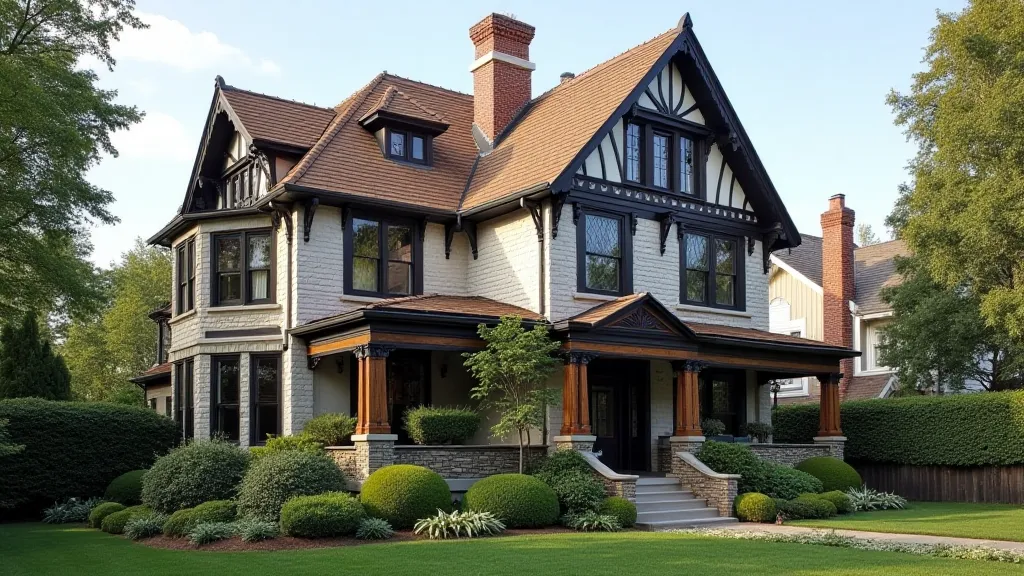
Residential vs. Commercial Applications
Victorian Italianate found its way into both residential and commercial construction. In residential settings, it’s often seen in grand homes and villas, reflecting the prosperity of the era. The imposing facades and detailed ornamentation conveyed status and refinement.
For commercial buildings, Italianate brought a sense of elegance and stability. Banks, hotels, and public buildings often adopted the style to project an image of trustworthiness and permanence. The robust construction and impressive scale communicated success and authority.
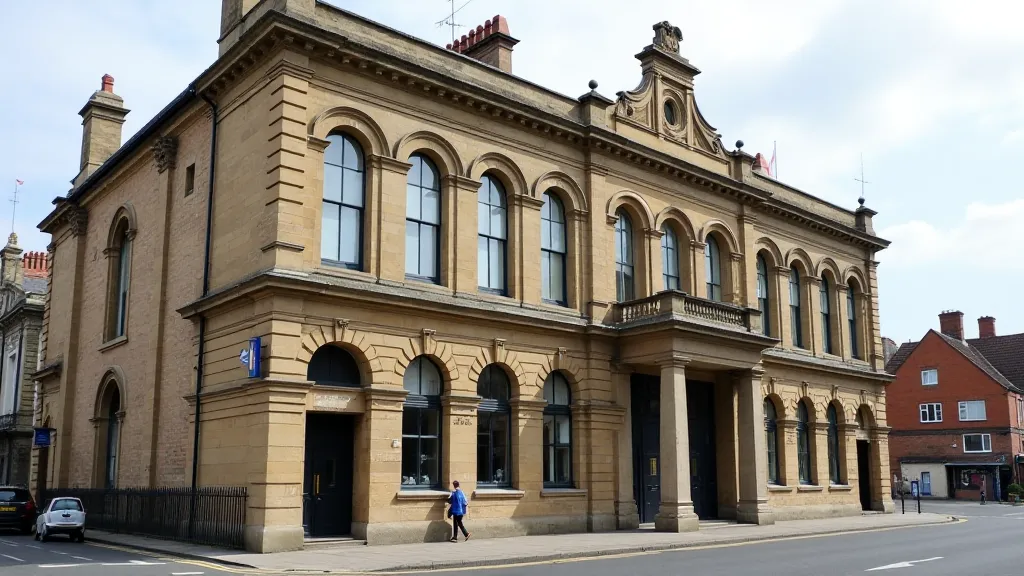
Regional Variations
While the core principles of the Italianate style remained consistent, regional variations emerged. In warmer climates, buildings may have wider porches and more elaborate ornamentation, while in colder regions, the style may be adapted with more robust construction and simpler detailing. For example, in the American South, Italianate homes often incorporated classical Greek influences in addition to the Italianate elements.
Decline and Legacy
The popularity of the Victorian Italianate style began to wane towards the end of the 19th century as new architectural trends emerged. However, its legacy remains visible in countless buildings across America and Britain. The style’s influence can be seen in subsequent architectural movements, and its distinctive features continue to evoke a sense of elegance and historical charm.
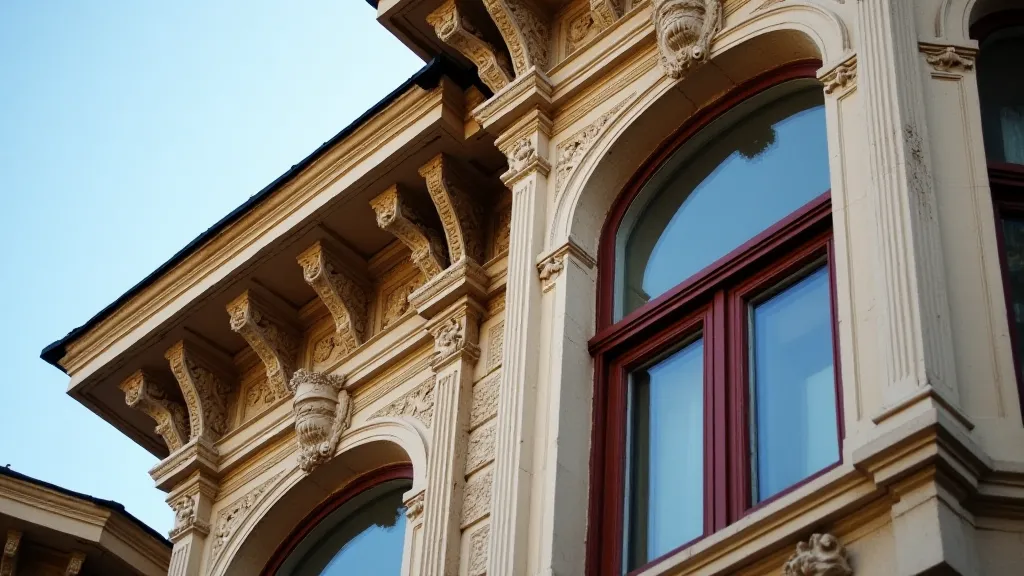
Understanding the Victorian Italianate style provides a fascinating glimpse into a period of significant architectural innovation and stylistic borrowing. Its blend of Italian Renaissance influences, Victorian sensibilities, and regional adaptations make it a truly distinctive and enduring architectural legacy.

